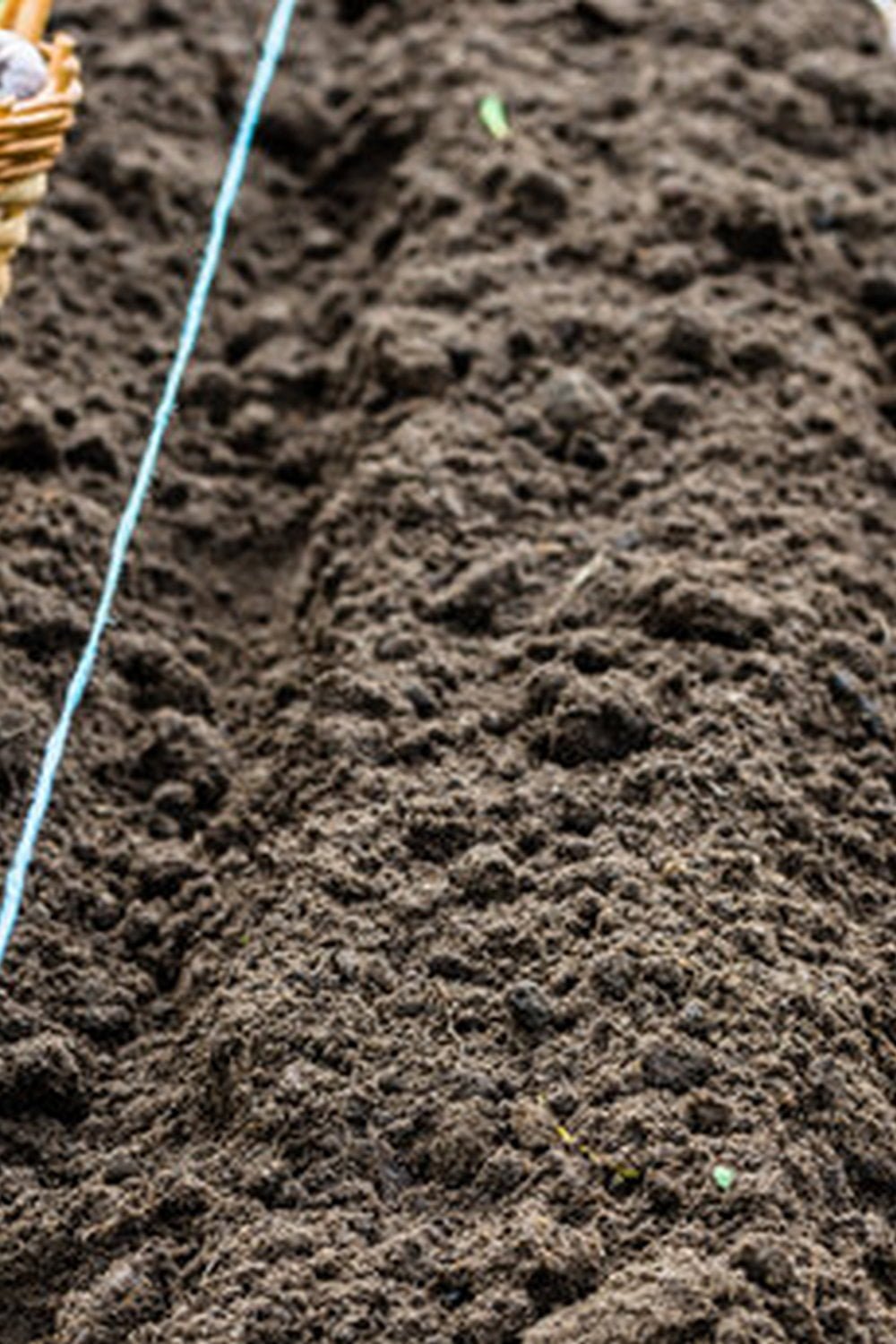As the temperatures start to rise and the sun beats down, it’s time to focus on vegetable gardening in August. This month presents its own unique set of challenges and opportunities for gardeners, but with the right knowledge and preparation, you can still enjoy a bountiful harvest. Whether you’re a novice or seasoned gardener, there are plenty of useful tips and tricks to help you make the most of your vegetable garden this August.
Understanding the August climate is crucial for successful vegetable gardening. With the heat at its peak, it’s important to choose the right vegetables that can thrive in these conditions. Additionally, knowing how to care for your garden, deal with pests and diseases, and effectively water and fertilize your plants will all contribute to a fruitful harvest in August.
When it comes to choosing which vegetables to plant in August, there are several options that are well-suited for this time of year. From leafy greens and root vegetables to herbs and some late-season crops, there are plenty of choices for your August vegetable garden. By planning ahead and taking proper care of your garden, you can ensure a successful harvest of fresh, nutritious produce throughout the late summer months.
Understanding the August Climate for Vegetable Gardening
August can be a challenging month for vegetable gardening, especially in regions with hot temperatures and sporadic rainfall. Understanding the climate during this time is crucial to ensure a successful harvest. Here are some key factors to consider when it comes to the August climate for vegetable gardening:
- Temperature: In many areas, August brings the peak of summer heat. High temperatures can stress plants and impact their growth. It’s important to choose heat-tolerant varieties of vegetables and provide shading for sensitive plants.
- Rainfall: August can be a dry month in some regions, leading to drought conditions. Proper watering becomes essential during this time to prevent wilting and stunted growth. On the other hand, excessive rainfall in certain areas can lead to waterlogged soil and increased risk of diseases.
- Sunlight: The longer days of sunlight in August can be both beneficial and challenging for vegetable gardening. While ample sunlight promotes photosynthesis and plant growth, it also increases the need for consistent watering to prevent dehydration.
Understanding these climate factors will help you make informed decisions about which vegetables to plant in your garden, how to care for them, and how to mitigate potential issues related to temperature, rainfall, and sunlight.
When planning your vegetable gardening in August, take into account the unique climate conditions of your region and make adjustments accordingly to ensure a thriving garden.
Best Vegetables to Plant in August
In August, there are still plenty of vegetables that you can plant to ensure a bountiful fall harvest. While the summer heat may be intense, there are certain vegetables that thrive in these conditions and will provide you with fresh produce well into the cooler months.
Warm Weather Vegetables
August is the perfect time to plant warm-weather vegetables that love the heat. This includes vegetables like tomatoes, peppers, eggplant, and okra. These vegetables need a long season of warm temperatures to mature, making August the ideal time to get them started for a fall harvest.
Cool Weather Vegetables
In addition to warm-weather vegetables, you can also start planting cool weather crops in August. These include lettuce, spinach, kale, and radishes. These vegetables can withstand the heat of late summer while getting established and will thrive as the temperatures begin to cool down in the fall.
Herbs
Don’t forget about herbs. Herbs like basil, cilantro, and parsley can be planted in August and will continue to flourish as long as they receive adequate water and sunlight.
By planting these varieties of vegetables in August, you can extend your growing season and continue to enjoy fresh produce well into the fall months. These plants may require extra attention when it comes to watering and care due to the summer heat but with proper maintenance, they will reward you with a delicious harvest later in the year.
How to Care for Your Vegetable Garden in August
August is a crucial time for vegetable gardening as it requires specific care and attention to ensure the health and productivity of your garden. Here are some essential tips for taking care of your vegetable garden in August:
- Weed regularly: Weeds can quickly take over in the warm August weather, so it’s important to stay on top of them to prevent them from competing with your vegetables for nutrients and water.
- Monitor soil moisture: With the hot summer sun beating down, it’s essential to check the soil moisture regularly. Water deeply and less frequently to encourage deep root growth, but take care not to overwater which can lead to rot and disease.
- Mulch your garden: Mulching helps retain soil moisture, suppresses weed growth, and regulates soil temperature. Consider using organic materials such as straw or shredded leaves for best results.
In addition to these tasks, it’s crucial to keep an eye out for any signs of stress or problems in your vegetable garden. Look out for yellowing leaves, insect damage, or any other issues that may arise as the summer continues. By staying proactive and addressing any issues promptly, you can ensure a bountiful harvest from your August vegetable garden.
Taking care of your vegetable garden in August also means being mindful of the upcoming fall and winter seasons. Begin thinking about crop rotation, soil amendment, and any cover crops you may want to plant as you plan for the transition into cooler weather. By planning ahead now, you can set yourself up for success in the months ahead as well.
Remember that consistent care and attention are key when it comes to maintaining a healthy and productive vegetable garden in August-taking proper care now will lead to a successful harvest later on.
Tips for Watering and Fertilizing Your Vegetable Garden in August
August can be a challenging time for vegetable gardening, especially when it comes to watering and fertilizing. The hot and dry climate of August can quickly deplete the moisture in the soil, making it essential for gardeners to pay close attention to their watering routine. In addition, the high temperatures can also affect the nutrient levels in the soil, requiring proper fertilization to ensure the health and growth of your vegetable plants.
When it comes to watering your vegetable garden in August, it’s important to be consistent and thorough. Vegetables typically need about 1-1.5 inches of water per week, either from rain or irrigation. However, during particularly hot and dry periods, this amount may need to be increased. It’s best to water your garden early in the morning or late in the afternoon to minimize water loss through evaporation.
In terms of fertilizing your vegetable garden in August, it’s important to monitor the nutrient levels in your soil. The high temperatures and frequent watering can leach essential nutrients from the soil, so providing additional fertilizer is often necessary. Consider using a balanced fertilizer with equal parts nitrogen, phosphorus, and potassium to promote healthy plant growth. Be cautious not to over-fertilize as this can lead to excessive foliage growth at the expense of fruit production.
| Vegetable | Watering Needs |
|---|---|
| Tomatoes | Regular deep watering; approximately 1-2 inches per week. |
| Zucchini | Consistent moisture; avoid letting soil dry out completely. |
| Peppers | Moderate watering; approximately 1 inch per week. |
Dealing With Pests and Diseases in the August Vegetable Garden
August is a crucial month for vegetable gardening, but it’s also the time when pests and diseases can wreak havoc on your garden. It is essential to stay vigilant and take preventive measures to ensure a healthy harvest. One common pest in August is aphids, which can quickly multiply and damage your plants. To combat this, you can introduce natural predators such as ladybugs or use insecticidal soap.
Another prevalent issue in the August vegetable garden is powdery mildew, which commonly affects plants like cucumbers, squash, and pumpkins. To prevent powdery mildew, make sure to water your plants at the base to keep the leaves dry, and provide good air circulation by properly spacing your plants. Additionally, you can use organic fungicides as a preventive measure.
It’s also important to keep an eye out for signs of diseases such as blight and rot, which can quickly spread throughout your garden if not addressed promptly. Removing any affected foliage and providing proper airflow can help prevent the spread of these diseases in your August vegetable garden.
| Pests and Diseases | Preventive Measures |
|---|---|
| Aphids | Introduce natural predators or use insecticidal soap |
| Powdery Mildew | Water plants at the base to keep leaves dry; use organic fungicides |
| Blight and Rot | Remove affected foliage; provide proper airflow |
Harvesting and Preserving Your August Vegetable Garden Produce
As the summer starts to wind down, August is the time to reap what you’ve sown in your vegetable garden. It can be a bountiful month for harvesting all of your hard work. However, it’s important to have a plan for preserving your produce so you can enjoy the fruits of your labor well into the fall and winter months.
Harvesting Tips
When it comes to harvesting your August vegetable garden produce, timing is key. Different vegetables have different cues for when they are ready to harvest. It’s important to research each type of vegetable you’ve planted to know exactly when it’s at its peak for picking. For example, tomatoes should be picked when they are fully colored and firm, while summer squash is best harvested when it’s still small and tender.
Preserving Techniques
After harvesting your garden’s produce, it’s essential to know how best to preserve it. Canning, freezing, and pickling are common methods for preserving vegetables. Many gardeners also opt for drying or dehydrating their produce if they have an abundance of certain vegetables like peppers or herbs. Each preservation method has its own set of requirements and steps, so be sure to follow proper guidelines for the specific vegetables you’ve harvested.
Enjoying Your Harvest
Once you’ve harvested and preserved your August vegetable garden produce, don’t forget to enjoy the literal fruits (and veggies) of your labor. Whether it’s in a hearty stew on a cold winter day or as a key ingredient in homemade salsa during football season, savoring what you’ve grown throughout the year is one of the most rewarding parts of vegetable gardening in August.
Make sure to use up what you’ve preserved before next year’s harvest comes around.
Planning for the Fall and Winter Vegetable Garden Ahead
As August comes to a close, it’s important for all vegetable gardeners to start thinking ahead and planning for the fall and winter months. As we transition out of the summer season, it’s essential to consider what vegetables are best suited for cooler weather and how to prepare the garden for the changing climate. By taking proactive steps now, you can ensure a successful and bountiful harvest in the coming months.
One of the first steps in planning for the fall and winter vegetable garden is to take stock of your current space and assess which areas will be available for planting. This may involve removing any remaining summer crops or reorganizing your garden layout to make room for new plants. Additionally, it’s important to consider the specific needs of fall and winter vegetables, such as sunlight requirements and spacing, as you plan out your garden beds.
When deciding what to plant in your fall and winter vegetable garden, there are several options to consider. Cool-season crops such as kale, spinach, carrots, and radishes are all excellent choices for autumn planting. Additionally, certain types of lettuce and cabbage thrive in cooler temperatures, making them ideal additions to your fall garden. By choosing these cold-hardy vegetables now, you can look forward to a fresh supply of produce well into the colder months.
As you begin preparing for the fall and winter vegetable garden, it’s also crucial to keep soil health in mind. Consider adding organic matter such as compost or mulch to improve soil fertility and structure. This will not only benefit your current crop but also set a strong foundation for future plantings. Taking these steps now will help ensure that your vegetable gardening efforts continue to yield satisfying results throughout the changing seasons.
Frequently Asked Questions
What Vegetables Should Be Planted in August?
In August, it is ideal to plant vegetables that thrive in cooler temperatures, such as spinach, lettuce, kale, and broccoli. These vegetables can withstand the late summer heat and will mature nicely into the fall.
Is It Too Late to Plant a Garden in August?
While it may be too late to plant some vegetables that require a longer growing season, it is not too late to plant a garden in August. There are still plenty of fast-growing vegetables like radishes, carrots, and green beans that can be planted and harvested before the first frost.
What Do I Plant in My Garden for August?
For an August garden, consider planting quick-growing vegetables like beets, Swiss chard, and arugula. These leafy greens and root vegetables can be sown directly into the soil for a late summer harvest. Herbs like basil and cilantro also do well when planted in August for a flavorful addition to your garden.

If you’re looking to get into vegetable gardening, or are just looking for some tips on how to make your current garden better, then you’ve come to the right place! My name is Ethel and I have been gardening for years. In this blog, I’m going to share with you some of my best tips on how to create a successful vegetable garden.





